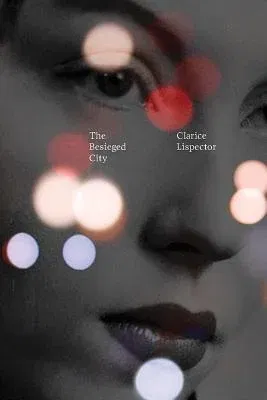Clarice Lispector
(Author)The Besieged CityHardcover, 30 April 2019

Qty
1
Turbo
Ships in 2 - 3 days
In Stock
Free Delivery
Cash on Delivery
15 Days
Free Returns
Secure Checkout

Print Length
240 pages
Language
English
Publisher
New Directions Publishing Corporation
Date Published
30 Apr 2019
ISBN-10
0811226719
ISBN-13
9780811226714
Description
Product Details
Author:
Book Format:
Hardcover
Country of Origin:
US
Date Published:
30 April 2019
Dimensions:
20.57 x
14.48 x
2.29 cm
ISBN-10:
0811226719
ISBN-13:
9780811226714
Language:
English
Pages:
240
Publisher:
Weight:
408.23 gm